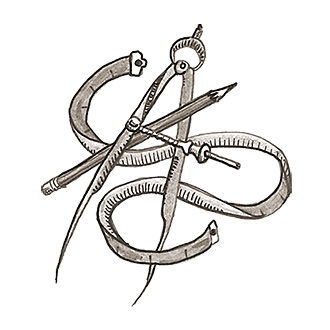
Related Questions
- Will cars ever be able to drive themselves?
- Are Santa’s reindeer used for propulsion or navigation?
- Would it be feasible to dump nuclear waste on the Moon?
- How does a jet engine work?
- Can robotic submarines collect specimens at any ocean depth?
- Will public transportation ever replace the automobile?
- Why don’t spacecraft burn up or veer off course during reentry from space?
- Is it possible to make solar-powered airplanes?
- Why can’t cars run on water instead of gasoline?
- Why does traffic bottleneck on freeways for no apparent reason?
How can a person ride a motorcycle 100 mph but not stand up in a 100 mph wind?
Because bikers are tougher than meteorologists. Just kidding! Read on…
By Aaron JohnsonTurn on the news when a hurricane makes landfall and there’s a good chance you’ll see a brave (or foolish) meteorologist reporting live from the scene of the storm. He or she is probably yelling into the microphone about how the wind’s so strong that he or she has to hold onto a tree, traffic sign, or telephone pole to keep from blowing away. But attention-seeking meteorologists aren’t the only people who have to hang on during very high winds — motorcyclists are, too, every day. They’re also fully exposed, but they can zoom along at very high speeds and not fly off the back of their motorcycles? Why not?
It all comes down to a force called drag, says Richard Perdichizzi, a technical instructor in the Department of Aeronautics and Astronautics who operates the Wright Brothers Wind Tunnel.“Drag is the force a body produces as the air moves around it,” he explains. The amount of force is a function of two factors — the body’s cross-sectional area, and its shape. The cross-sectional area is simply the size of the object facing the wind. According to Perdichizzi, “the average person presents approximately 8 square feet of blockage.” But that’s only if you’re standing perfectly upright. If you stand sideways and suck in your stomach, or if you roll up into a ball, your cross-sectional area decreases and you’ll experience less drag force. This is essentially what a lot of motorcyclists do when they’re zipping down the highway. They put their heads and shoulders down and pull their knees up, minimizing their cross-sectional area.
Motorcyclists need to be able to see and steer their bikes, so there’s a limit to how small they can make their cross-sectional areas. This is where the shape of the motorcycle becomes important. The fairing — the contoured piece of metal or plastic covering the front of the motorcycle — and the windshield are specially designed to be as aerodynamic as possible. They smoothly deflect the air instead of stopping it or creating turbulence like a flat, boxy surface would. Stopped and turbulent air lead to more drag.
Less drag makes it easier to stay on the motorcycle, and it makes the bike more fuel-efficient. Engineers spend a lot of time working on the aerodynamics of motorcycles, and they test their work in places like the Wright Brothers Wind Tunnel. “We did a high-speed test for Buell about ten years ago,” recalls Perdicizzi, “and most recently some fairing work for the MIT electric motorcycle team. A lot of architectural aerodynamics have been tested in the wind tunnel,” Perdicizzi adds, “and I’m currently working with FloDesign on a wind turbine project.” Local meteorologists have also spent time in the wind tunnel experiencing hurricane-force winds, but when the wind speed gets above 70 mph Perdicizzi makes sure they’re wearing a special harness to keep them in place.
So how much of a difference do the motorcyclist’s smaller cross-sectional area and aerodynamic fairings make? “At 100 mph the force created by the wind is twenty-five pounds per square foot,” Perdicizzi said, “so the standing person would have 200 pounds of force pushing on him, while the rider would see just a fraction of that.”
A little bit of aerodynamics knowledge goes a long way. If our hurricane-braving meteorologist put some of it to use — crouching down or maybe constructing some sort of fairing — he or she would definitely experience less drag force and have an easier time standing. Or maybe they should just find a safe place inside to ride out the storm like the rest of us.
Thanks to 56-year-old Rob from Brooklyn, NY, for this question. We hope this settles the dispute at his office.
Posted: December 03, 2013